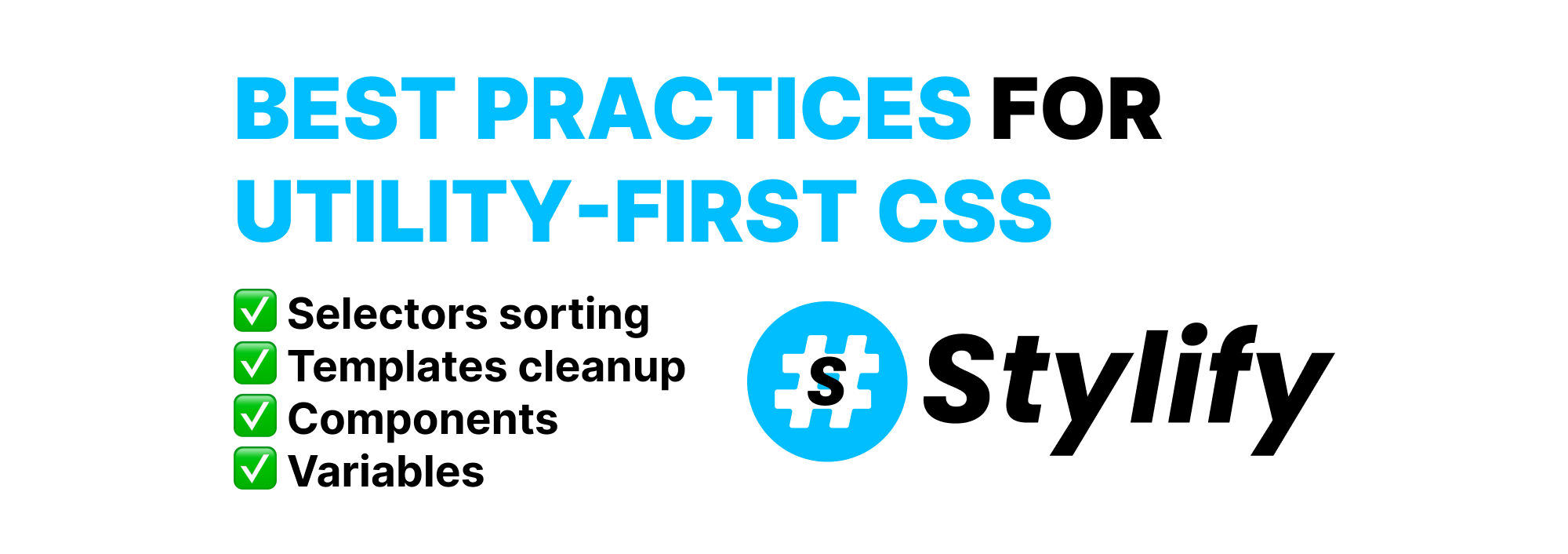
🚀 Style your Next.js website faster with Stylify CSS
Code your Next.js website faster with Stylify CSS-like utilities. Don't study CSS-in-JS or CSS framework. Focus on coding. Let Stylify CSS do the rest.
For an easier start, you can check out the Stylify Stackblitz playground 🎮.
Introduction
Stylify is a library that uses CSS-like selectors to generate optimized utility-first CSS based on what you write.
- ✅ CSS-like selectors
- ✅ No framework to study
- ✅ Less time spent in docs
- ✅ Mangled & Extremely small CSS
- ✅ No CSS purge needed
- ✅ Components, Variables, Custom selectors
- ✅ It can generate multiple CSS bundles
Also we have a page about what problems Stylify CSS solves and why you should give it a try!
Next.js setup
The easiest way to Setup the Next.js is using CLI:
- Run
yarn create next-app - Select your project name
This way you will get the default Next.js application skeleton.
Stylify CSS integration
Install the @stylify/unplugin package using NPM or Yarn:
yarn add @stylify/unplugin
npm i @stylify/unpluginOpen the next.config.js and copy the following content into it:
const { stylifyWebpack } = require('@stylify/unplugin');
const stylifyPlugin = (dev) => stylifyWebpack({
dev: dev,
bundles: [{
// Generate CSS from all js files
files: ['./pages/**/*.js'],
outputFile: './styles/stylify.css',
}]
});
module.exports = {
reactStrictMode: true,
webpack: (config, { dev }) => {
// Add Stylify CSS Webpack plugin
config.plugins.push(stylifyPlugin(dev));
return config;
}
}The last step, open the pages/_app.js and add the path to stylify.css:
// ...
import '../styles/stylify.css';
function MyApp({ Component, pageProps }) {
return <Component {...pageProps} />
}
export default MyApp;Styling the website
If you copy the code below into the pages/index.js and run yarn dev you will get a styled Hello World! text:
export default function Home() {
return <div className="color:blue">Hello World!</div>;
}Stylify watches any change in the js files and generates CSS into the styles/stylify.css.
If you add a selector like font-size:24px the CSS will be automatically updated 🎉.
Go ahead and try Stylify CSS directly on Stackblitz.com 💡.
Components
Templates bloated with utility selectors are hard to read. Stylify allows you to define components directly in files, where they are used through content options (expects javascript object without brackets) or in the compiler config.
/*
stylify-components
container: 'max-width:800px margin:0_auto'
/stylify-components
*/
export default function Home() {
return (
<div className="container">
<div className="color:blue">Hello World!</div>
</div>
)
}Variables
It’s a good practice to avoid hardcoded values in the selectors. Variables can be defined in the same way as components:
/*
stylify-variables
blue: 'steelblue',
containerWidth: '800px'
/stylify-variables
stylify-components
container: 'max-width:$containerWidth margin:0_auto'
/stylify-components
*/
export default function Home() {
return (
<div className="container">
<div className="color:$blue">Hello World!</div>
</div>
)
}The production build
When we run the production build using yarn build + yarn start, the JSX markup will be mangled into this:
export default function Home() {
return (
<div className="a">
<div className="b">Hello World!</div>
</div>
)
}The CSS is shortened too:
:root {
--blue: #4682b4;
--containerWidth: 800px
}
.b {color: #4682b4}
.a,.c { max-width: 800px }
.a,.d { margin: 0 auto }Configure anything you need
The examples above don’t include everything Stylify CSS can do:
- You can map nested files in the template
- Style custom selectors
- Define custom screens
- Add your macros like
ml:20pxformargin-left
Feel free to check out the docs to learn more 💎.



